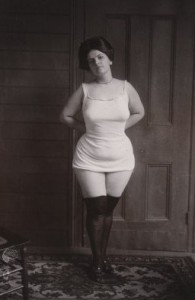The Economics of Prostitution, Belle Epoque Edition
Two French economists, Simon Porcher and Alexandre Frondizi, have been working on a paper about the economics of Paris street prostitution in the late 19th century.
In 1878, there were an estimated 23,000 unregistered prostitutes and 3,991 registered prostitutes. Gathering data from 339 arrests, the researchers found that street prostitutes were generally young, unskilled, and well-paid:
They tended to work with pimps that were from the same area and clustered in neighborhoods where they could compete with regulated brothels. Street prostitutes not only generated profits for themselves but also for a whole bunch of actors, thereby switching the whole local economy to this industry, at the expense of the formal economy.
The authors also found increasing geographical concentration, a feature that bears resemblance to Steve Levitt and Sudhir Venkatesh‘s research on prostitution in Chicago:
Highly localized prostitutes and outdoor prostitution probably created extensive demand for sexual services. This positive and more than proportional elasticity between prostitution and population was especially true in dense areas such as Paris, because of the geographic proximity of supply and demand, a feature observed in other informal market.
You can read much, much more about the economics of prostitution in Chapter 1 of SuperFreakonomics.


Comments